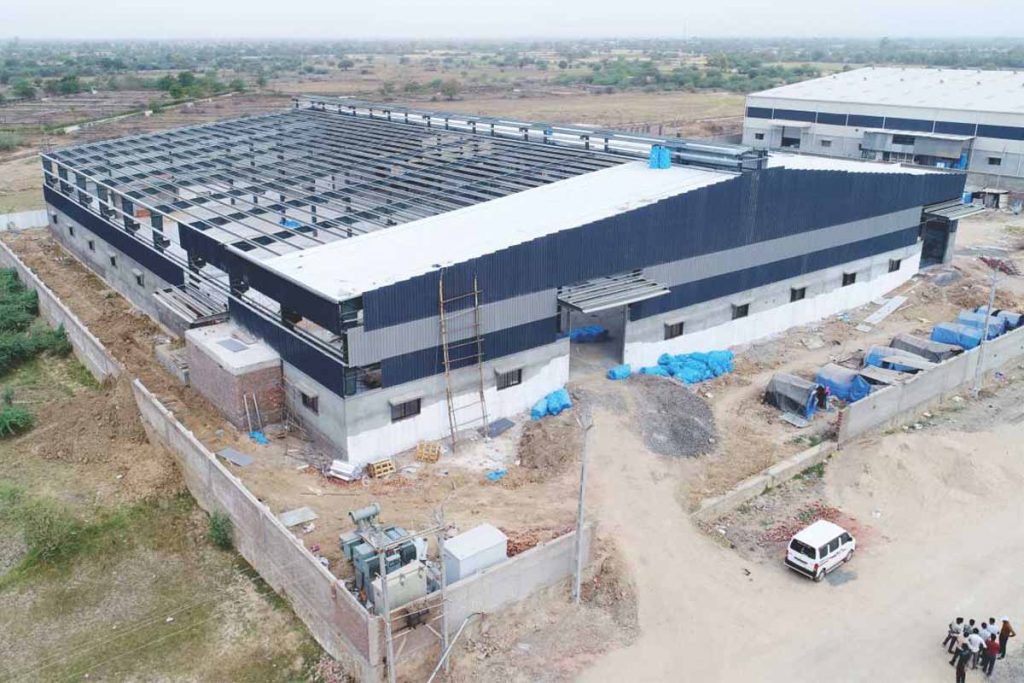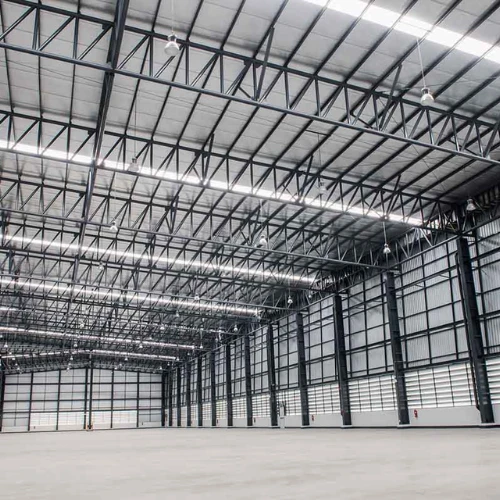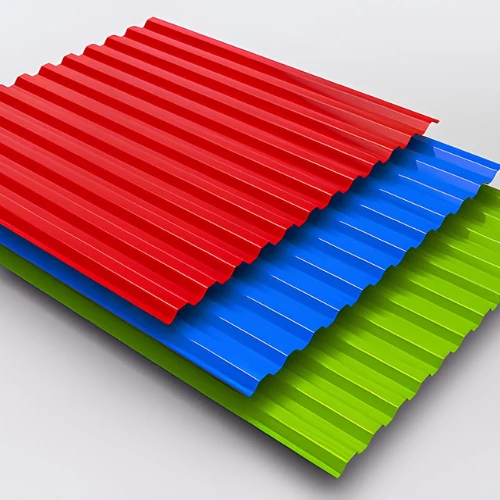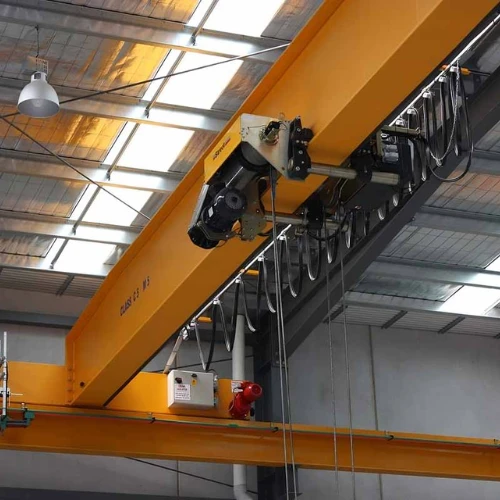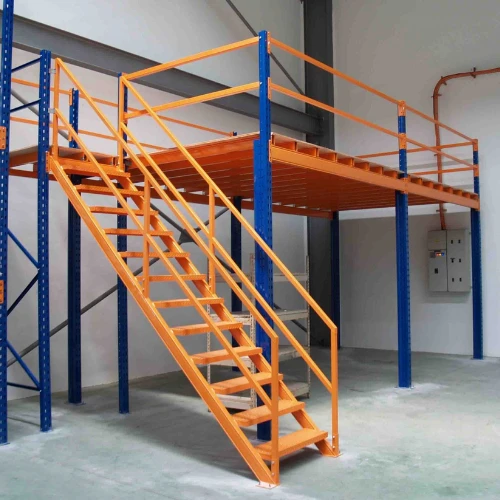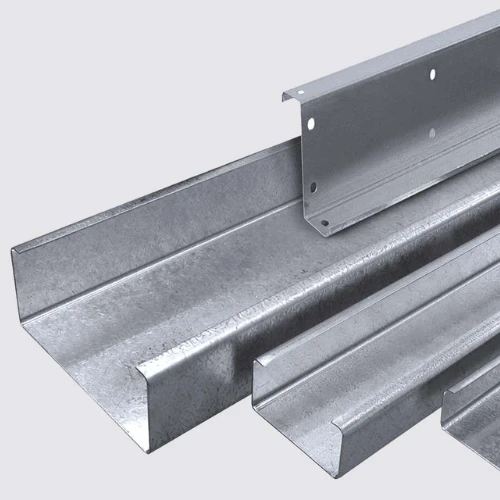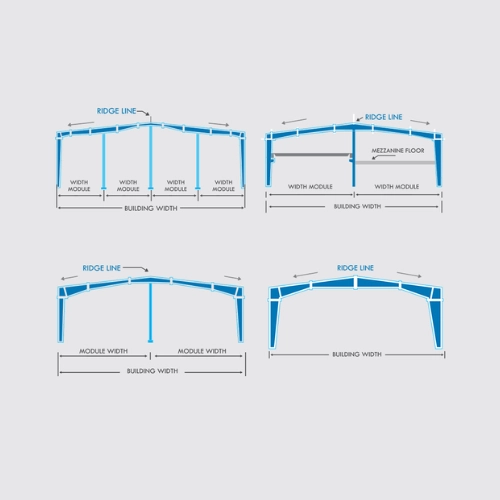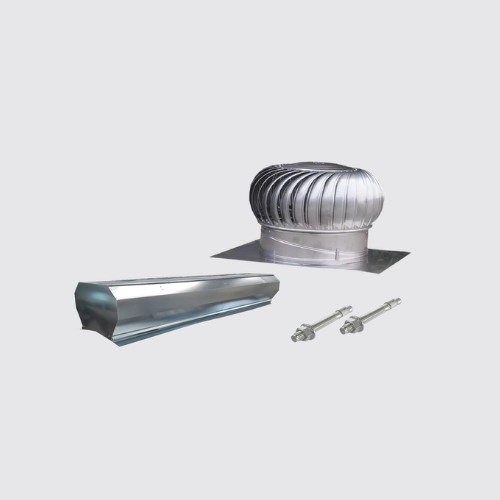For decades, Wall Sheet were treated as static components, chosen for aesthetics, cost, or thermal efficiency, and forgotten after installation. But in today’s high-performance industrial environments, that mindset is obsolete. With the rise of digital engineering tools like digital twin simulations, wall sheets and wall panels are no longer passive cladding elements. They’re dynamic surfaces whose ageing, stress points, and maintenance triggers can now be simulated, predicted, and optimised, even before the first bolt is tightened.
Choice Pre‑Fab LLP, a leading PEB structure manufacturer in Ahmedabad, is at the forefront of this evolution. By integrating digital twin technology into its design and engineering processes, the company is setting new standards in predictive lifecycle planning for industrial sheds, warehouses, cold storage units, and factory buildings.
What Is a Digital Twin in the Context of PEB Wall Sheets?
A digital twin is a virtual replica of a physical asset, enriched with real-world data and capable of simulating how the asset behaves over time.
In a PEB (Pre-Engineered Building), the wall sheet and wall panel system can be modelled with high accuracy. The twin includes:
- Geometric dimensions and material composition
- Environmental and structural load parameters
- Real-time or simulated usage conditions (humidity, thermal cycles, mechanical vibration)
- AI-based predictive modules for corrosion, deformation, and fatigue
For companies like Choice Pre‑Fab LLP, this means a shift from assumption-based cladding decisions to data-backed design optimisation.
Wall Sheet Lifecycle Challenges in the Ahmedabad Context
Designing wall sheets for long-term use requires an understanding of region-specific stressors. In Ahmedabad, this includes:
- Extreme heat: Temperatures exceeding 45°C cause thermal expansion fatigue.
- Dust and particulate pollution: Can lead to coating degradation and accelerated corrosion.
- High UV Index: Causes fading and breakdown of surface coatings.
- Monsoon-induced moisture stress: Increases the risk of seepage, joint corrosion, and thermal bridging.
In addition, frequent load cycling from wind pressure and vibration (especially in industrial zones) adds to the structural fatigue of wall sheets and wall panels.
By using digital twin simulations, Choice Pre‑Fab LLP can model how these factors interact and forecast the long-term condition of wall systems for projects across Gujarat and beyond.
Simulation Parameters: What Goes into a 20-Year Model?
To simulate a wall sheet’s 20-year lifecycle, multiple data streams are fed into the digital twin:
Environmental Inputs:
- Temperature variation (daily and seasonal)
- Humidity levels
- Salt spray (for coastal zones)
- UV radiation intensity
- Pollution data (PM2.5, SO₂, etc.)
Mechanical Inputs:
- Wind uplift pressures
- Vibration from machinery
- Roof and wall loads
- Seismic activity (if relevant)
Material Inputs:
- Sheet metal thickness, grade, and coating type
- Panel configuration (single skin, sandwich, or composite)
- Fastener details, joint overlaps, and insulation choices
These parameters allow Choice Pre‑Fab LLP to deliver custom simulations for each project, ensuring that clients get wall sheets that are not just cost-effective, but lifecycle-optimised.
Real-World Case: What a Digital Twin Reveals
Let’s say you’re designing a warehouse in Ahmedabad with metal wall panels. Using digital twin simulation, Choice Pre‑Fab’s engineering team can reveal:
- Heat Maps of Stress Points: Identifying where thermal fatigue or vibration stress will accumulate over time.
- Corrosion Mapping: Showing how rust will initiate and spread based on humidity, rainfall, and chemical exposure.
- Fading & Coating Breakdown: Predicting surface degradation and aesthetic life expectancy.
- Predictive Maintenance Alerts: AI flags indicate when to inspect joints, repaint surfaces, or replace fasteners, even 10 years in advance.
This predictive insight allows industrial clients to:
- Reduce unplanned maintenance costs
- Extend the service life of their cladding system
- Improve ROI over the building’s lifetime
Predictive Maintenance: The New Norm for PEB Lifecycle Management
Maintenance is no longer a guesswork game. With digital twin data, Choice Pre‑Fab LLP enables clients to adopt predictive maintenance models.
Wall sheets and wall panels can be monitored using:
- QR-code-linked inspection logs
- BMS-integrated degradation alerts
- Sensor-fed live updates for premium projects
This means that instead of waiting for leaks, corrosion, or detachment issues to appear, building owners receive automated reminders and visual heatmaps to take action early.
The result? Up to 30% cost savings on reactive maintenance, and wall sheet life extended by 5–10 years.
Strategic Design Improvements from Simulation Insights
Simulation isn’t just about after-installation planning — it feeds smart design decisions upfront:
Material Optimization:
- Galvalume vs. Zincalume vs. high-end FRP or PU-sandwich wall panels
- Coating thickness and paint type selection (PVDF vs. SMP)
Design Detailing:
- Joint design for expansion and contraction
- Fastener spacing and sealing methods
- Panel orientation (vertical vs horizontal) based on thermal cycling models
For Choice Pre‑Fab LLP, these design refinements are embedded into every project proposal, reducing project risk while boosting structural integrity and visual quality.
Future Outlook: AI, IoT & Smart Materials in Wall Panels
Wall sheets and panels are fast becoming smart building skins. Here’s what the future holds:
- IoT Sensors embedded in cladding to track moisture, temperature, and corrosion.
- Drone-based wall inspections that update the digital twin in real-time.
- AI-generated maintenance schedules linked to building management systems (BMS).
- Self-healing coatings that activate when micro-cracks appear.
As a PEB structure manufacturer in Ahmedabad, Choice Pre‑Fab LLP is exploring these innovations to serve India’s emerging smart infrastructure demand, particularly in logistics, warehousing, cold storage, and pharma sectors.
Conclusion: Wall Sheet is No Longer Passive; They’re Predictive
The humble wall sheet has evolved into a high-performance, digitally managed system that contributes to the operational efficiency of your entire facility.
With digital twin simulation, brands like Choice Pre‑Fab LLP are enabling clients to:
- Make smarter design choices
- Optimize long-term costs
- Improve safety and aesthetics
- Extend the functional life of their wall panels and cladding
If you’re planning your next industrial or commercial PEB, choose a partner who doesn’t just install sheets but simulates the future.Learn more at choiceprefab.com and discover how Choice Pre‑Fab LLP is redefining the future of wall sheet and panel engineering.

